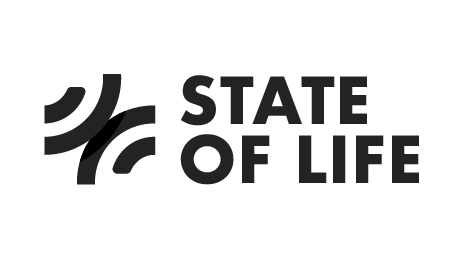Take me to Church - House of Good Health
“If you love what you do, you’ll never work a day in your life” Mark Twain
We can all believe in the House of Good.
In 2020 we published The House of Good study on the social and economic value of churches, of all faiths, in the UK. It’s a pleasure to work with the National Churches Trust on this innovative approach to putting a value on church buildings.
There can be little doubt that churches are providing significant social care and real value to the communities that surround these vital buildings.
Churches provide social care that relieves the immense burden on the NHS by £8.4billion a year (£250 a year for every tax paying adult).
The 2020 House of Good study estimated that churches are providing around £55 billion of wellbeing to their communities, around double the social care budget for the UK. A massive figure and one that’s likely quite conservative as we only measured the value of four elements of church community care - foodbanks, drug and alcohol support, mental health support and youth groups.
This new £8.4billion uses the economics in the health service. It translates into around £250 for every tax payer in the UK.
NHS measure of economic value - the QALY and the WELLBY.
We often talk about the new WELLBY measure of economic value in glowing terms and a key reason is the ability to benchmark and compare WELLBY (Wellbeing Life Year) values to the NHS unit of economic value, the QALY (Quality of Life Year). Once again - Krekel and Frijters at LSE are clever chaps for inventing the WELLBY.
And the WELLBY actually has two values when compared to the NHS QALY. One is the value of a WELLBY to you as an individual, and the second is what the NHS would pay for that benefit to health and wellbeing. This called the NHS Production cost value for a QALY.
For those with a nose for the technical side of things.
We used the Department of Health and Social Care's estimate that the NHS ‘produces’ 1 QALY for £15,000
We then applied this value to the WELLBYs generated by church activities. We converted WELLBYs to QALYs using the Treasury assumption that 1 QALY = 7 WELLBYs
This translates to £2,143 in NHS cost relief per WELLBY (£15,000 / 7)
We then applied this value to the WELLBYs generated by church activities from the House of Good 2020 report.
This £8.4 billion shock absorber for the NHS is massive and could be more!
As stated above, we have only be able to look in detail at four elements of church community care - foodbanks, drug and alcohol support, mental health support and youth groups. These figures do not include the extensive work done by churches for the elderly in reducing isolation and loneliness, providing warm spaces for those struggling with heating bills, or all the joy produced from choirs, music and other creative gatherings hosted by churches for people of all ages.
Separation of church and state should not stop collaboration between church and state?
Whilst we may not all believe in God, perhaps we can all believe in the House of Good on our doorstep a bit more? And believe in the enormous value of the care provided, that relieves the burden on our stretched NHS. While from a historical and policy perspective there is a rule on separation of church and state; given the massive value presented in House of Good Health there has to be a good case collaboration between church and state at a national and local council level.
The full summary and technical report can be found here
Finally, big thanks to our partners Lark if you want a big idea communicated simply, creatively - they never let you down. The stain glass windows motif is lovely!






